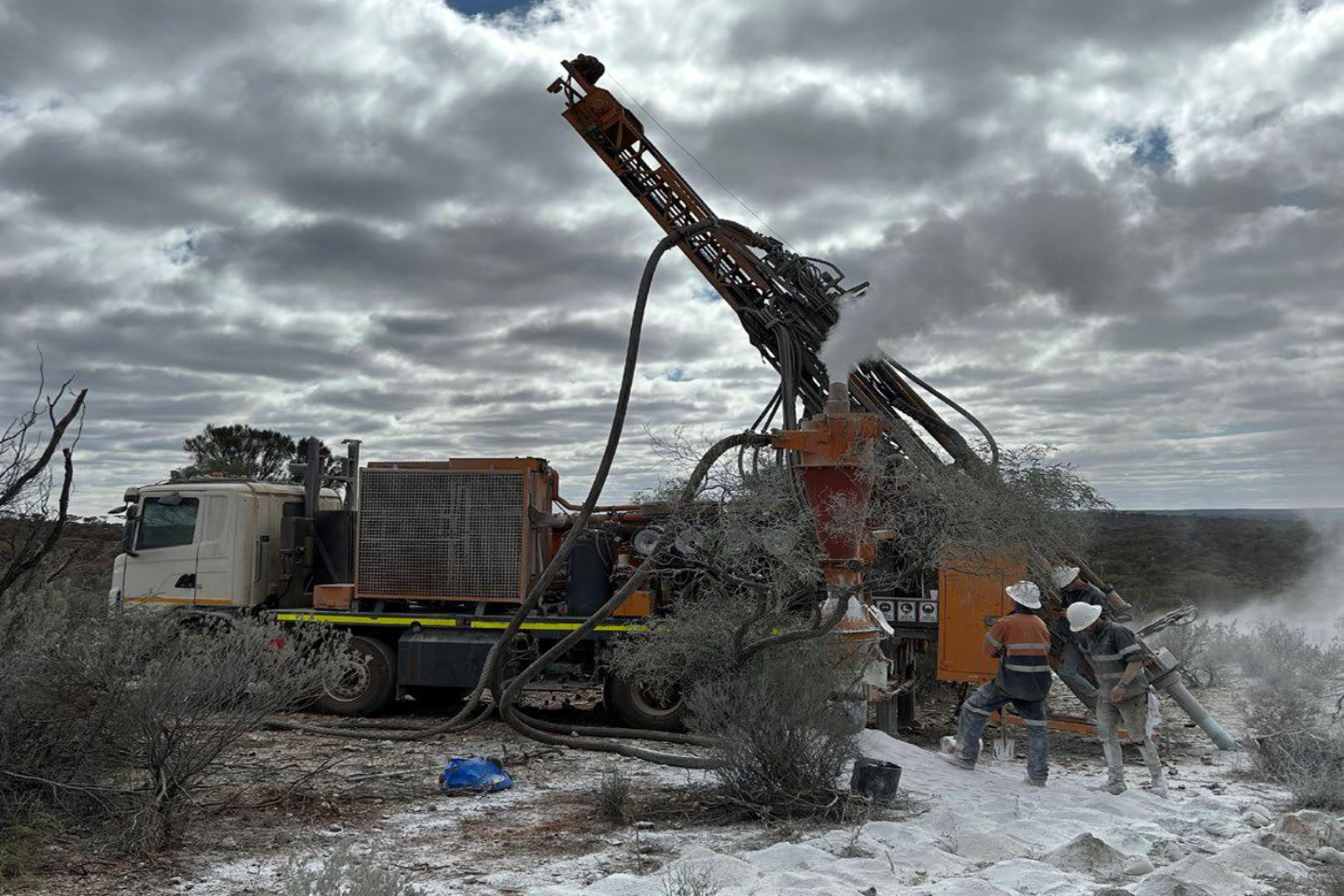Everest Metals Corporation has intercepted multiple lithium-caesium-tantalum (LCT) pegmatites during stage-two reverse-circulation (RC) drilling at its Mt Edon project in Western Australia’s Mid West region.
The project covers the southern portion of the Paynes Find greenstone belt in South Murchison, an area known to host swarms of pegmatites and which is highly-prospective for critical metals. The prospective pegmatites have a north-east/south-west strike of up to 350m and occur along a 1.2km interval of the LCT pegmatite corridor.
Everest’s latest drilling campaign, which was successfully completed this month, was designed to test the lateral extension of high-grade zones defined in the north-east corner of the Mt Edon tenement, in addition to targeting undrilled pegmatites.
The company completed a total of 566m with 12 RC drillholes to an average depth of 47m across six targets, collecting 1m core split samples.
Pegmatite bodies (sills and dykes) were intersected in all 12 drill holes and most parts of the drillholes featured pegmatite, with 347m of pegmatite intersected. It included a thick pegmatite intersection of 87m in one drillhole.
Significant, well-developed muscovite-rich zones were also observed when logging the RC chip samples, in addition to lepidolite mineralisation in certain intervals. Drilling also confirmed the existence of the targets identified from deep ground penetration radar.
Everest Metals Corporation chief operating officer Simon Phillips said: “Whilst we understand visuals are no substitute for assays, we are very excited about what we’ve seen from this phase two drilling program. Assays will enlighten us as to where the exploration development of our Mt Edon LCT project goes from here. The Company is very fortunate to have this highly fertile pegmatite field on a mining lease just off the Great Northern Highway.”
The RC program followed the first stage of drilling in May this year, where Everest plunged 11 RC holes for 441m. Results from that first program highlighted Mt Edon’s potential to host a genuine LCT project. It identified strongly-anomalous LCT elements in association with rubidium, with individual assays including 0.33 per cent lithium oxide, 555 parts per million caesium, 153ppm niobium, and 111ppm tantalum.
Assays from the now-completed second stage of drilling are expected late next month.
Is your ASX-listed company doing something interesting? Contact: matt.birney@businessnews.com.au















